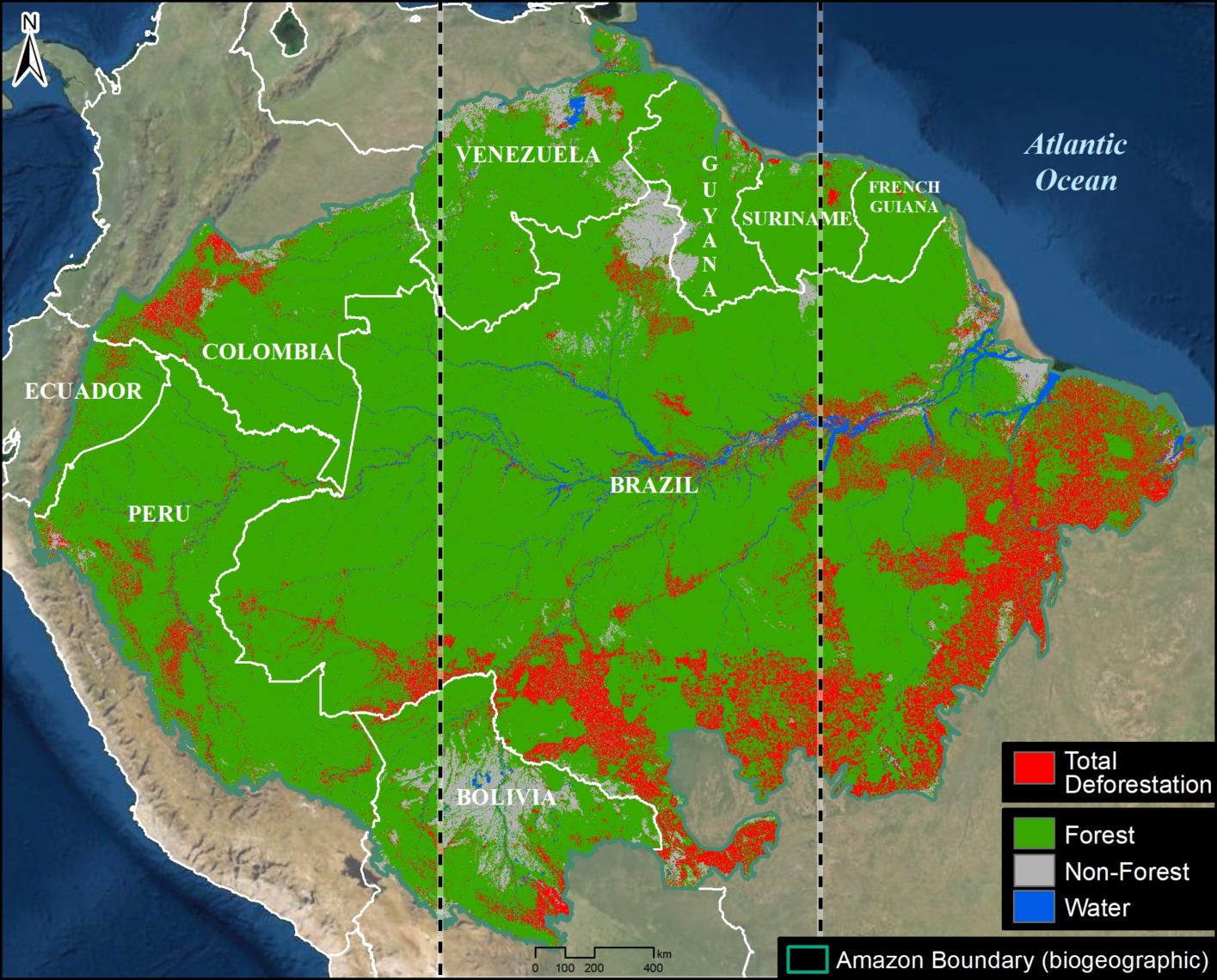Current Laws to Protect Insect Diversity
Current Laws to Protect Insect Diversity
Insects serve many purposes, from feeding wildlife and pollinating our crops to having a role in the invention of pulp paper and skin treatments. There are possibly millions of undiscovered insect species, and we have only begun to research how intricate this class of animals are. However, the question arises; are we doing anything to protect these wonders of nature? Many species are currently threatened, and it is in great part due to humans. Pesticides, habitat loss, invasive species, and and climate change are all very real issues that threaten thousands of species and put them in the endangered categories. |
| Biodiversity intactness chart in 2020 (WWF) |
Pesticides
While having many positive aspects and uses, there is no denying that pesticides threaten much of the wildlife that it surrounds. The use of pesticides does kill insects that like to feed on crops, but it can also kill the beneficial species such as pollinators and aphids that like to feed on infesting insects. They can leak into the water and can be found in many lakes, rivers, and even drinking water.
Because of this sharp decrease in insect biodiversity, the entire food chain starts to suffer. Animals that rely on these insects for food are forced to find other food sources, which disrupts the feeding of other animals and ultimately endangers multiple species as a result. So what are we doing to prevent this?
In the United States, the Endangered Species Act was passed in 1973 to prevent the jeopardization of any species or destruction of critical habitats. Any pesticide that can harm an ecosystem and the life that inhabits it must be registered for a specific use and be subject to EPA's Endangered Species program.
In India, pesticides are a large problem and causes many health issues to farmers and people with exposure to pesticides. "Several studies published between 2011 and 2020 attribute 45 different types of cancers afflicting rural farm workers in India to pesticide usage. The chemicals have been shown to cause DNA damage, hormone disruption, and lead to a weakened immune system" (Saini, 2022). This helps the development of cancer, and many farmers and people near agriculture have been reported to develop tumors and become sick once they are around pesticides.
Even though the Insecticides Act of 1968 and the Insecticides Rules of 1971 have been passed, there are still many environmental issues that must be addressed in India.
The aquatic ecologist Mikhail Beketov and his colleagues examined 23 streams in the central plains of Germany, and ranked them into levels of pesticide contamination: uncontaminated, slightly contaminated, and highly contaminated. "The researchers found that there were up to 42% fewer species in highly contaminated than in uncontaminated streams in Europe. Highly contaminated streams in Australia showed a decrease in the number of invertebrate families by up to 27% when contrasted with uncontaminated streams" (Oosthoek, 2013).
 |
| Amount of pesticides used by the U.S. from 1960-2008 (USDA-ERS) |
Habitat Loss
Habitat loss is experienced all around the world and affects not only insects, but all wildlife. Many species have gone extinct due to deforestation and urbanization of critical habitats. Popular animals such as tigers, elephants, orangutans, and pandas are all at risk of extinction because of deforestation and loss of habitat.
Insects are especially at risk because of the many species that live in certain habitats, and there is little to no awareness to protect these species. "In a study comparing historical and recent records of forest-dwelling Helictopleurus dung beetles across Madagascar, Hanski et al. (2007) reported that species not found in Madagascar-wide sampling in 2002–2006 have experienced a significantly higher level of deforestation within their known geographical ranges than those species that were recorded. They suggested that deforestation is responsible for the apparent extinction of the former species" (Hanski et. al).
Madagascar is a small portion of the world and it inhabits many species found nowhere else on Earth. Continued deforestation on this island would result in the extinction of many native insect species and other wildlife. This is a reflection of the entire world, with many species being threatened with deforestation of their natural habitats. In the United States, there is some action being taken to prevent this; The Multiple Use Sustained Yield Act of 1960 allowed for the establishment of national forests and the management of deforestation and yields harvested to protect the land. '
Hopefully, we will be able to restore lands that are vital for species of insects and other animals internationally, to protect the complex and diverse ecosystems that we inhabit.
 |
| Deforestation in the Amazon (MAAP) |
References:
Oosthoek, Sharon. “Pesticides Spark Broad Biodiversity Loss.” Nature, June 2013. www.nature.com, https://doi.org/10.1038/nature.2013.13214.
US EPA, OCSPP. About Pesticide Registration. 27 Feb. 2013, https://www.epa.gov/pesticide-registration/about-pesticide-registration.
“Pesticides Are Killing India’s Farmers.” Earth Island Journal, https://www.earthisland.org/journal/index.php/articles/entry/agricultural-chemicals-are-killing-indian-farmers/. Accessed 16 Apr. 2024.
Hanski, Ilkka, et al. “Deforestation and Tropical Insect Extinctions.” Biology Letters, vol. 5, no. 5, Oct. 2009, pp. 653–55. PubMed Central, https://doi.org/10.1098/rsbl.2009.0457.
Comments
Post a Comment